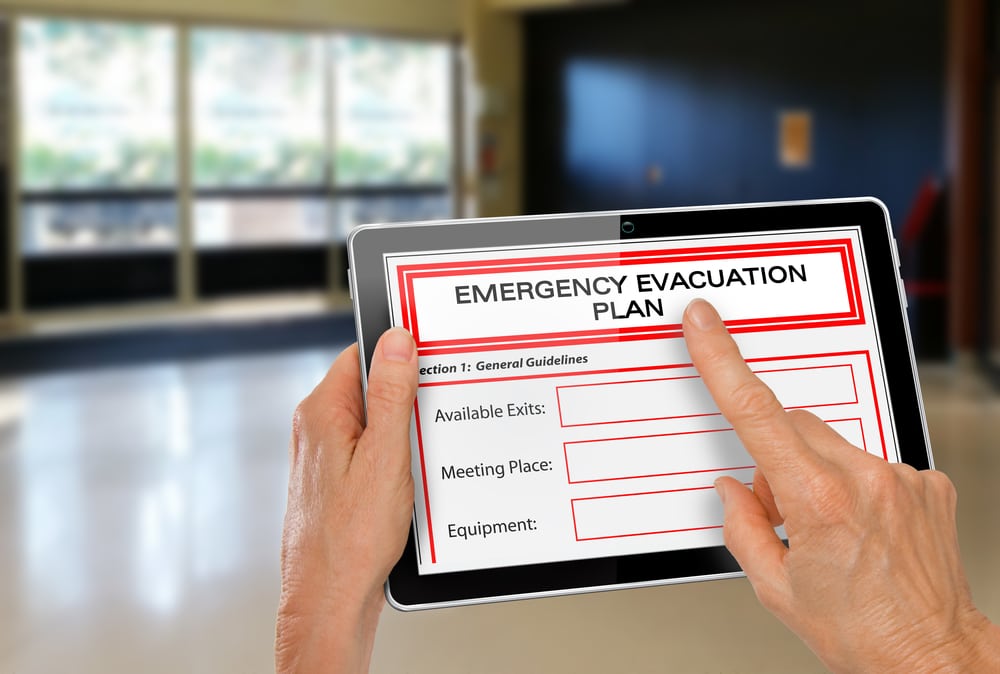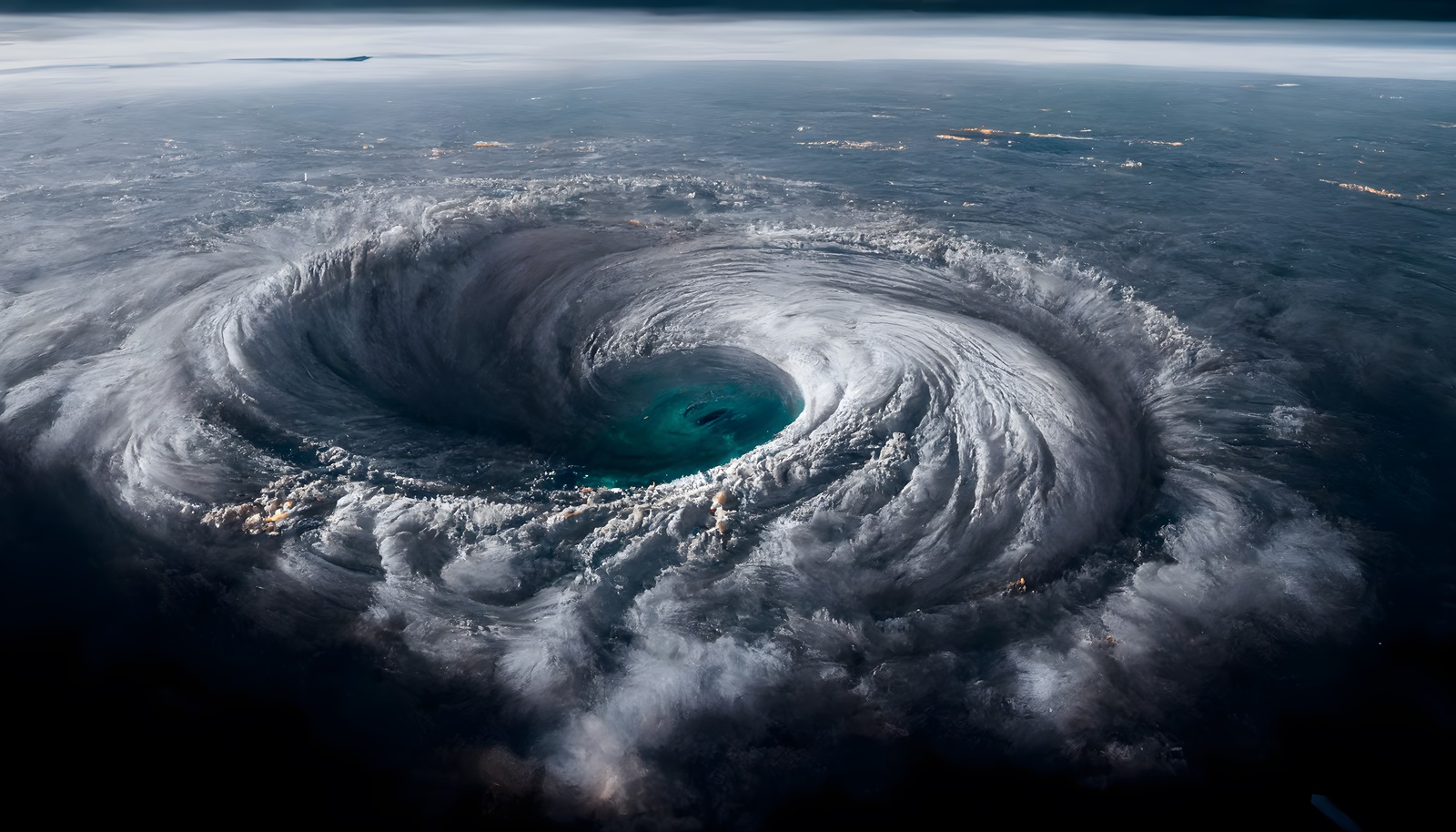
For immediate Disaster Response call:
(800) 775-7876Hurricane Delta was a destructive tropical disturbance that reached a peak strength of a Category 4 hurricane as it made landfall over the Yucatan Peninsula on October 7. Its status is currently classified as a Post-Tropical Cyclone, after making landfall for the second time over the Gulf Coast of the United States on October 10.
Delta first made landfall over Mexico as a Category 4 Hurricane on October 7. The storm continued over the Yucatan and circled back into the waters of the Gulf of Mexico, where the warm temperatures powered the storm back up to a Category 3. Delta proceeded to make landfall in the United States over Louisiana, as well as parts of Texas. It has since began to weaken over land, but has continued its path north. States like Louisiana, Alabama, Texas, Arkansas, and Tennessee have all felt the affects.
On October 7, as Delta first made landfall over Mexico, its strength peaked. Wind speeds where recorded at 145 mph and a pressure of 954 mb. Just 3 days prior, Delta’s strength was that of a Tropical Depression, with sustained wind speeds of only 35 mph. Delta maintained the strength of a Category 3 hurricane upon making landfall in the United States.
Currently, no deaths have been reported in Mexico. However, power-outages, damaged property, flooding, and displacements among residents and tourists have happened. According to Governor Carlos Joaquín González of the state of Quintana Roo, 39,000 people were evacuated and 2,000 more took refuge in storm shelters. González said re-establishing power is among the highest priorities.
Hurricane Delta made landfall with the United States as a major category 3 hurricane. More than 400,000 households and businesses were in the dark the morning of October 11. Most of the customers without electricity were in Louisiana, where Delta made landfall. The state had about 250,000 outages as of Sunday evening, according estimates from poweroutage.us. More than 40,000 customers in Texas were without electricity while Mississippi reported more than 21,000 outages. However, once over land, its strength began to weaken as it proceeded North through Louisiana, Mississippi, and Alabama, towards Arkansas and Tennessee. Despite the lessening of power, Delta has still brought flooding, damaging winds and storm surges with it. Remnants of the storm spawned at least two tornadoes in north and central Georgia on October 10, injuring two people, according to the National Weather Service. Possible tornadoes were forecast across the Carolinas on October 11 the weather service said, as the storm moved northeast. PuroClean has many offices onsite helping.
We advise all who are in the path of this or any other storm to make preparations and seek shelter. During storms, property damage is expected. Do not approach downed electrical lines, broken glass, or exposes debris. Cleanup should be handled by professionals with proper equipment and training.
Hurricane Delta is the 25th named Atlantic storm of the 2020 hurricane season. After exhausting a list of prepared names, the World Meteorological Organization turns to the Greek alphabet to name storms. Delta marks the strongest Greek-named storm on record.
Hurricanes typically get a massive boost of energy when they pass over warm waters. Delta rapidly intensified from a 35 mph tropical depression to a 130 mph Category 4 hurricane in twenty-four hours, the fastest such occurrence on record and the most rapid intensification observed in the Atlantic basin in October since that of Hurricane Wilma in 2005.
[VIDEO] First, contact a water-damage restoration company, such as PuroClean, as soon as possible. Don’t wait, as water can cause mold and irremediable damage to the wood, walls, and carpet in your home. Then, contact your insurance company to start the claim process. If safe, shut off the utilities in your home to avoid further damage. Don’t enter your home if it has suffered structural damage. Don’t walk through floodwater if electricity hasn’t been turned off, and avoid contaminants.

